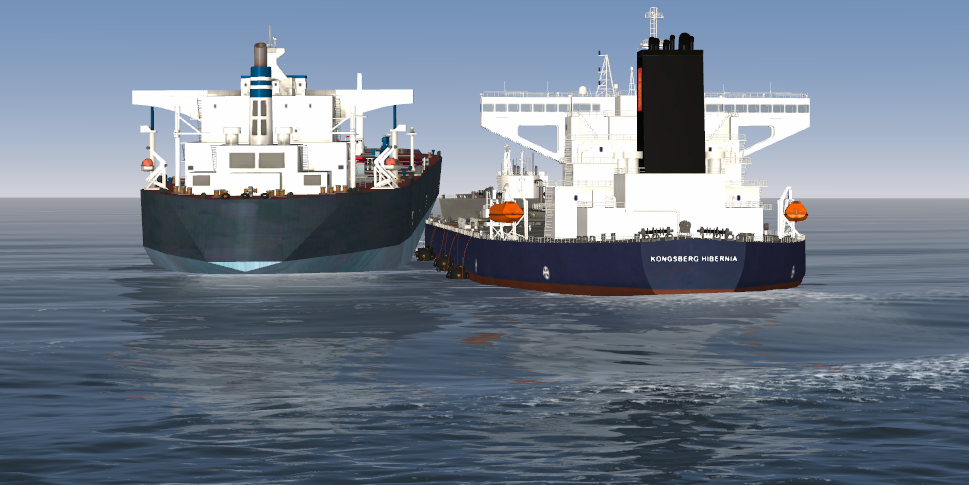
By: Sturle Danielsen Tvedt
Human Factors Specialist at Simsea Real Operations AS Asssoc.
Professor II in Psychology at University of Bergen
Simsea conducted a fruitful test course for ship to ship (STS) operations yesterday with highly contributing guests from Equinor, Teekay and Knutsen OAS. We expect STS courses to an established course during this year.
STS operations are currently receiving increased attention as it becomes more common among shuttle tankers; it has been increasingly clear that the incidents are more frequent with STS than with the offshore loading operations typical for shuttle tankers.
Incident reports and simulator recreations yet again show that in addition to the technical skills needed for STS operations, senior shuttle tanker officers depend on their non-technical skills to perform safely: First and foremost, they need to maintain situation awareness of loading conditions, local conditions and complex weather- and current parameters. An example in point is sea swell: Guidelines and forecast may define direction and height of swell but neglect the period (“length”) of the swell. The result is that an operation performed within the defined safe limits (3m swell height) is unsafe due to a long swell period which increases rolling and likelihood of contact damage between the ships.
In addition to maintaining good situation awareness, the captains must negotiate authority with a mooring master in a situation which is parallel with ‘pilot relations’ – commonly known to lead to incidents when these relations are poor. Thus, in a complex decision making process during planning and execution (which is a compromise adaptation to wind, current, waves and swell, loading conditions, vessel sizes and manoeuvrability), a captain must be able to communicate to a mooring master the unique features of his propulsion set up (such as a non-linear increases in thrust and high-lift rudders) and how this must be taken into account performing the operation.
This is why ship to ship transfer is all about people – not hulls!